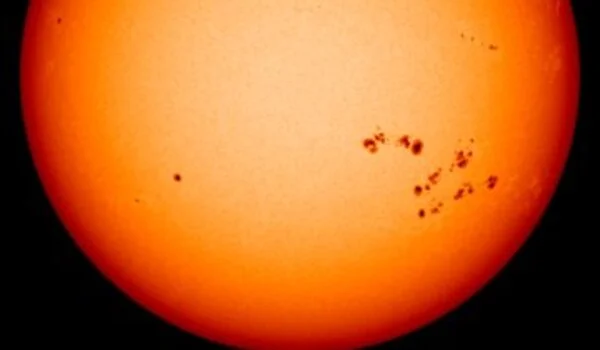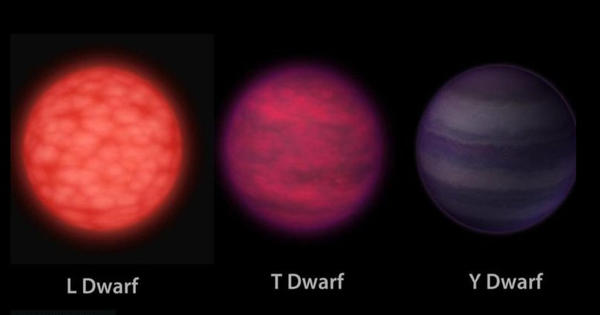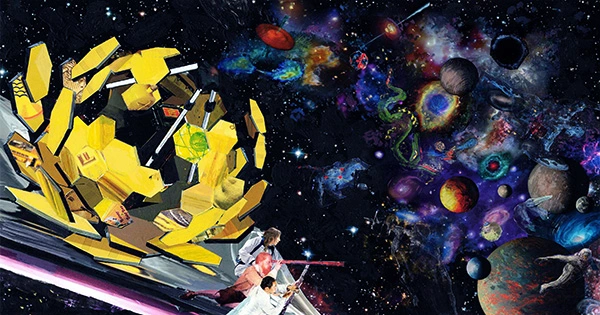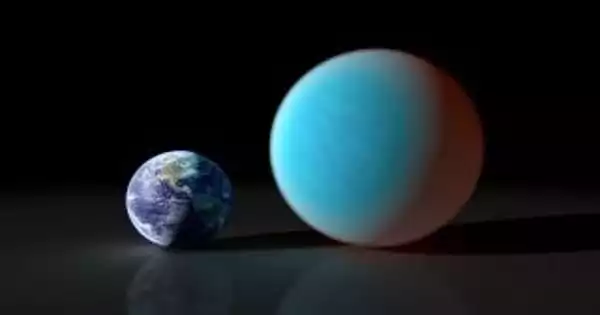Metal-poor stars, also referred to as Population II stars, have a lower abundance of heavy elements (metals) than the Sun and other metal-rich stars. These stars formed early in the universe’s history when there were fewer heavy elements available for star formation. A star’s chemical composition strongly influences the ultraviolet radiation it emits into space and thus the conditions for the emergence of life in its neighborhood.
Heavy-element-rich stars, as opposed to metal-poor stars, provide less favorable conditions for the emergence of complex life, according to new research from the Max Planck Institutes for Solar System Research and Chemistry, as well as the University of Göttingen. The researchers demonstrated how a star’s metallicity is linked to its planets’ ability to surround themselves with a protective ozone layer.
The intensity of the ultraviolet light that the star emits into space in different wavelength ranges is critical to this. The study gives scientists searching the sky with space telescopes for habitable star systems important clues as to where this endeavor may be particularly promising. It also suggests a startling conclusion: as the universe ages, it becomes increasingly unfriendly to the emergence of complex life on new planets.
Researchers have recently focused on the gas envelopes of planets orbiting distant stars in their search for habitable or even inhabited worlds. Do observational data indicate the presence of an atmosphere? Is it possible that it contains gases like oxygen or methane, which are almost entirely produced on Earth as metabolic products of lifeforms? Such observations will be pushed to new heights in the coming years: The James Webb Space Telescope will allow scientists to not only characterize the atmospheres of large gas giants like Super-Neptunes but also to analyze for the first time the much fainter spectrographic signals from the atmospheres of rocky planets.
It is therefore quite possible, that the Sun, too, is capable of such spikes in intensity. In that case, also the intensity of the ultraviolet light would increase dramatically. So naturally we wondered, what this would mean for life on Earth and what the situation is like in other star systems.
Sami Solanki
The current study, which was published in Nature Communications today, looks at the ozone content of exoplanet atmospheres using numerical simulations. As on Earth, this three-atom compound of oxygen can shield the planet’s surface (and the life forms that live on it) from cell-damaging ultraviolet (UV) radiation. Thus, an ozone protective layer is an important prerequisite for the emergence of complex life. “We wanted to understand what properties a star must have in order for its planets to form a protective ozone layer,” says Anna Shapiro, first author of the current study and scientist at the Max Planck Institute for Solar System Research.
This idea was sparked by an earlier discovery, as is common in science. Researchers led by the Max Planck Institute for Solar System Research compared the Sun’s brightness variations to those of hundreds of Sun-like stars three years ago. As a result, the intensity of visible light from many of these stars varies much more than it does in the case of the Sun. “We saw huge peaks in intensity,” says Alexander Shapiro, who was involved in both the previous analysis and the current study three years ago.
“It is therefore quite possible, that the Sun, too, is capable of such spikes in intensity. In that case, also the intensity of the ultraviolet light would increase dramatically,” he adds. “So naturally we wondered, what this would mean for life on Earth and what the situation is like in other star systems,” says Sami Solanki, director at the Max Planck Institute for Solar System Research and co-author of both studies.

Dual role of UV radiation
At the surface of about half of all stars around which exoplanets have been shown to orbit, temperatures range from about 5,000 to about 6,000 degrees Celsius. In their calculations, the researchers, therefore, turned to this subgroup. With a surface temperature of approximately 5500 degrees Celsius, the Sun is also one of them. “In the Earth’s atmospheric chemistry, ultraviolet radiation from the Sun plays a dual role,” explains Anna Shapiro, whose past research interest focused on the influence of solar radiation on Earth’s atmosphere.
In reactions with individual oxygen atoms and oxygen molecules, ozone can both be created and destroyed. While long-wave UV-B radiation destroys ozone, short-wave UV-C radiation helps create protective ozone in the middle atmosphere. “It was, therefore, reasonable to assume that ultraviolet light may have a similarly complex influence on exoplanet atmospheres as well,” the astronomer adds. The precise wavelengths are crucial.
As a result, the researchers determined which wavelengths comprise the ultraviolet light emitted by stars. They also considered the impact of metallicity for the first time. This property describes the ratio of hydrogen to heavier elements (commonly and somewhat misleadingly referred to as “metals” by astrophysicists) in the star’s building material. For every iron atom in the Sun, there are more than 31000 hydrogen atoms. The study also looked at stars with varying iron contents.
Simulated interactions of UV radiation with gases
In a subsequent step, the researchers looked into how the calculated UV radiation would affect the atmospheres of planets orbiting these stars at a safe distance. Life-friendly distances are those that allow for moderate temperatures at the planet’s surface, which are neither too hot nor too cold for liquid water. The team simulated on a computer that processes the parent star’s characteristic UV light sets in motion in the planet’s atmosphere for such worlds.
The researchers used a chemistry-climate model that simulates the processes that control oxygen, ozone, and many other gases, as well as their interactions with ultraviolet light from stars, at very high spectral resolution, to compute the composition of planetary atmospheres. This model allowed the investigation of a wide variety of conditions on exoplanets and comparison with the history of the Earth’s atmosphere in the last half billion years.
During this period the high atmospheric oxygen content and the ozone layer were established that allowed the evolution of life on land on our planet. “It is feasible that the history of the Earth and its atmosphere holds clues about the evolution of life that may also apply to exoplanets” says Jos Lelieveld, Managing Director of the Max Planck Institute for Chemistry, who was involved in the study.
Paradoxical conclusion
Furthermore, the study comes to an almost contradictory conclusion: as the universe ages, it is likely to become more hostile to life. Metals and other heavy elements are formed inside stars at the end of their billion-year lives and are released into space as stellar wind or in a supernova explosion, depending on the mass of the star: the building material for the next generation of stars.
“As a result, each newly forming star has more metal-rich building material available than its predecessors. With each generation, stars in the universe become more metal-rich,” says Anna Shapiro. According to the new research, the likelihood of star systems producing life decreases as the universe ages. However, the search for life is not without hope. After all, many exoplanet host stars are as old as the Sun. And this star is known to be home to complex and fascinating lifeforms on at least one of its planets.
















